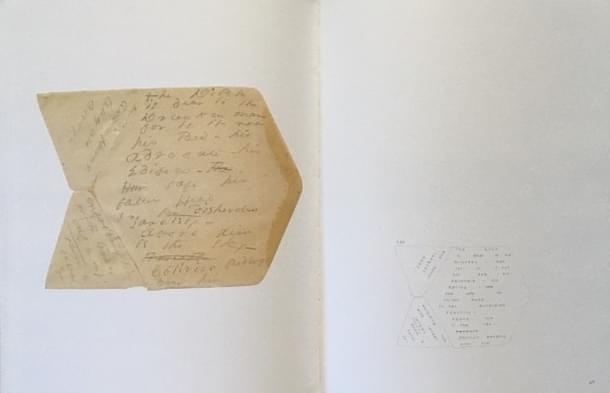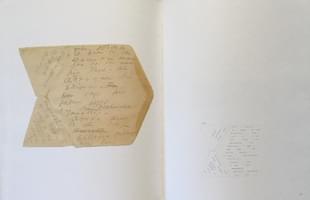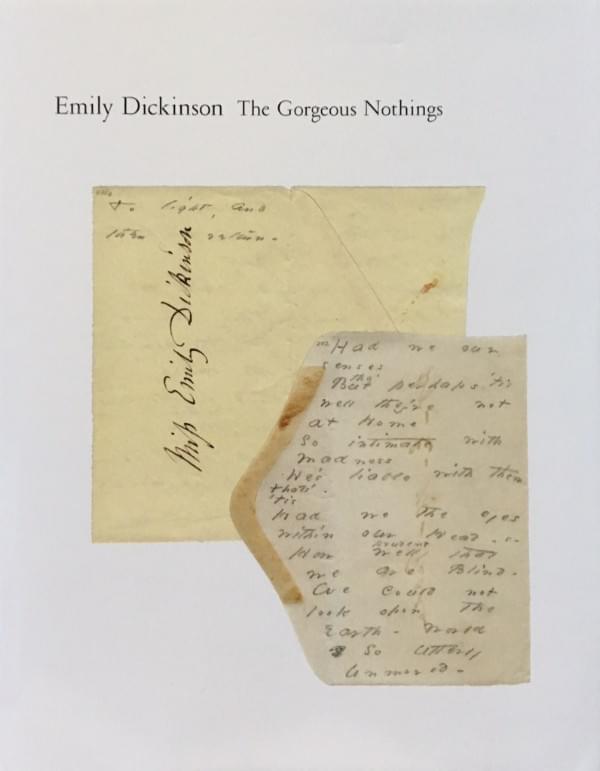Books
Ode To The Odd Books: The One-Sentence Novel And Other High-Concept Books
V R Ferose
Sep 02, 2017, 06:13 PM | Updated 06:13 PM IST
Save & read from anywhere!
Bookmark stories for easy access on any device or the Swarajya app.


The one-sentence novel – Solar Bones – that won the Goldsmiths prize and is long listed for the Booker – made me think right away of other ‘odd books’. Are there other strangely constructed books like this one? The answer turned out to be a surprising yes. I must admit to getting a little carried away imagining this one-sentence novel as literally just one sentence, but it is 224 pages long, and the real feat here is to sustain a single sentence for the entire length of a full-fledged novel. And not just sustain it, but do it with style, wit and lyrical prose. I’ve decided to call these odd books “high-concept books”. Because here the concept is everything; it defines the book.
One very compelling high-concept book that is more fascinating than strange is the novel titled S by Dorst and Abrams. What charmed me about this unique work of fiction is the surprise waiting inside for a reader opening the book. First, it looks like an old book, the covers are faded, the style or design of the book is from the 1920s, and across the spine is a library accession number! At first glance you would think you are holding a used library book discarded from the shelves. But no: it is deliberately made to look like an ex-library copy.
A reader becomes curious at once: why, you start wondering, would a new book – and a slightly expensive one at that – want to look purposely like an old book? The answer lies in the story, in the plot: two people, a young man and a woman, end up reading the same book from the same library, and they leave margin notes in the copy. This eventually sets them up to meet and become interested in each other. The old book is called ‘Ship of Theseus’, by an author named V M Straka. The name is fictitious, and one of the mysteries in the book is to figure out the real identity of the author. Both have discovered that the author of this book is a bit of a mystery – he is a shadowy figure. Now both become curious about this mysterious author, and begin digging into the origins of this wonderful book.
What makes it so wonderful? And this is where there are surprises galore in the physical make-up of this extraordinary book: laid into the copy you are reading are all kinds of inserts: postcards, Xeroxes, handwritten pages from legal pads, newspaper clippings, a hand-drawn map on a napkin, letters, margin notes in two different handwritings and even an old book slip-cased inside a box. Actual objects that you could feel, take out, and place back as you read the text.
What better way to beat e-books? Here you have a book that must be held and experienced physically. Not just looked at. One of the authors of this book is the Hollywood sensation, J J Abrams, the creator of several TV series, and the director of the recent Star Trek and Stars Wars reboot. There are other books that have come up with the idea of extra material tucked inside a book, but they are usually bound into the book, not loosely inserted as in S. The risk the authors and publisher run is that once you open the book, the inserts could fall out. And it is crucial that in putting back the inserts, you put them in the right place and page in the book. Which is why when you come across a copy of S in bookshops, you’ll find it is shrink-wrapped!
On the making of this book, Abrams has said:
It’s intended to be a celebration of the analog, of the physical object. In this moment of e-mails, and texting, and everything moving into the cloud, in an intangible way, it’s intentionally tangible. We wanted to include things you can actually hold in your hand…
Another book that plays around with the physical structure of the book is Mark Danielewski’s House of Leaves. What is so amazing about this book is that the plot of the book is the shape of the physical book. A man enters a strange house, and as he explores the house, the house itself changes shape and contour – and to suggest the shape-shifting nature of the story and the house, the text as it is laid out changes shape.
A book that makes a striking impact for the way it presents its material is The Gorgeous Nothings, where the poetry of Emily Dickinson is magnified using photographs to present them in actual size. This is also a facsimile of the poet’s original manuscripts. What is fetching about her manuscript is that they were mostly envelopes she wrote on! She would often scribble her poems as they came to her. This book presents all 52 of those scribbled covers.

Lastly, a mention must be made of Building Stories by Chris Ware, a box containing various text objects that you, the reader, can assemble in any fashion to make a story out of! Writing about this graphic novel with elements of the avantgarde book, the journal, Booklist, describes this as a:
... box containing 14 differently sized, formatted, and bound pieces: books, pamphlets, broadsheets, scraps, and even a unfoldable board that would be at home in a Monopoly box… It’s all about the grind and folly of everyday life but presented in an exhilarating fashion, each composition an obsessively perfect alignment of line, shape, color, and perspective. More than anything, though, this graphic novel (if it can even be called that) mimics the kaleidoscopic nature of memory itself – fleeting, contradictory, anchored to a few significant moments, and a heavier burden by the day.
As a fan of the printed books, I am drawn to those whose physical shape plays as much an important part in what the book wants to say or communicate to a reader. The attraction to these books is that even after you’ve read them, you can still look forward to taking them out of your shelf and exploring their external features – whether it is looking at the strange pages inside House of Leaves, or poring over all the inserts in S by taking them out of the book and putting them back in, or shuffling the text in Building Stories to your fancy. What I would like to see is more such high-concept books from India – they might be priced a little more than the regular trade edition, but to a lover of the book as an object, it would be a delight.
Based in Palo Alto, VR Ferose is SVP & Head of Globalization Services at SAP SE. He is a Board Member of Specialist People Foundation. He founded the India Inclusion Foundation, which seeks to mainstream India’s inclusion discussion, and conducts the India Inclusion Summit and Inclusion Fellowships. In 2012, the World Economic Forum named him a ‘Young Global Leader’. In March 2017, he was conferred the AUCD award for his pathbreaking ‘Autism at Work’ initiative. Ferose has co-authored Gifted, a best-seller on people with disabilities.





